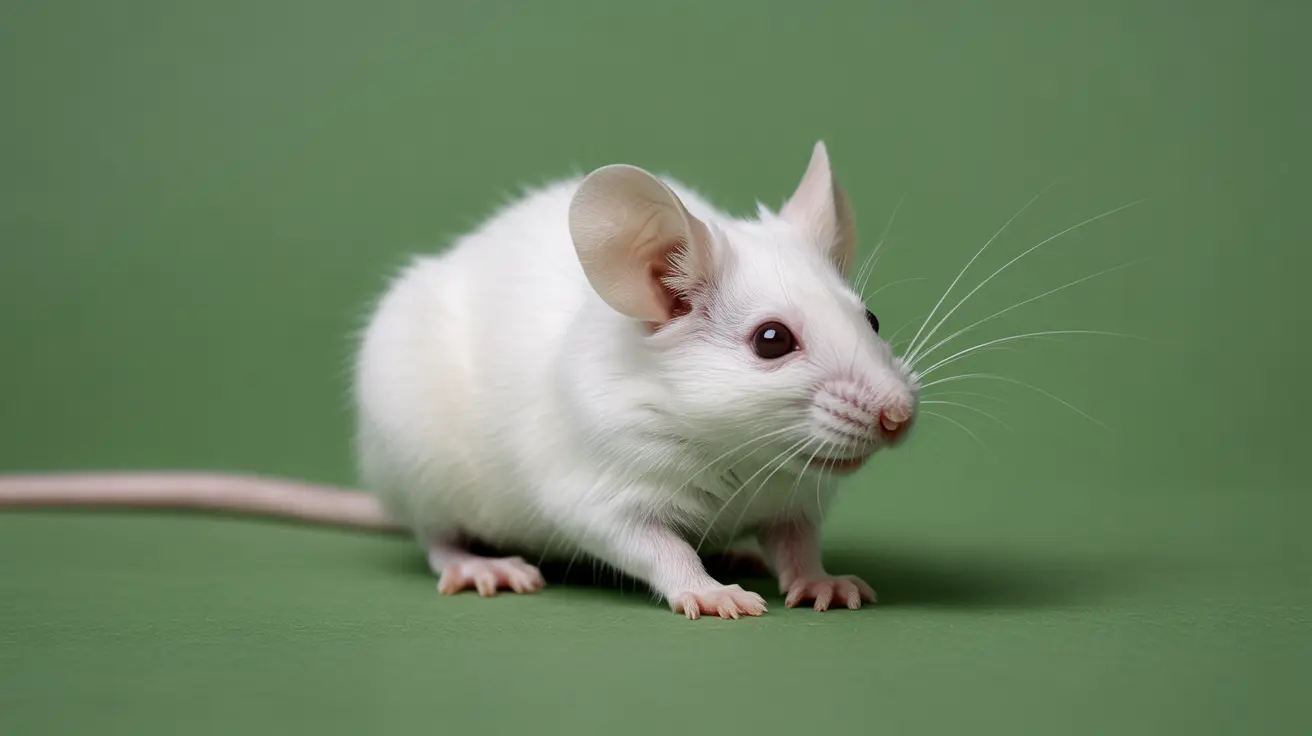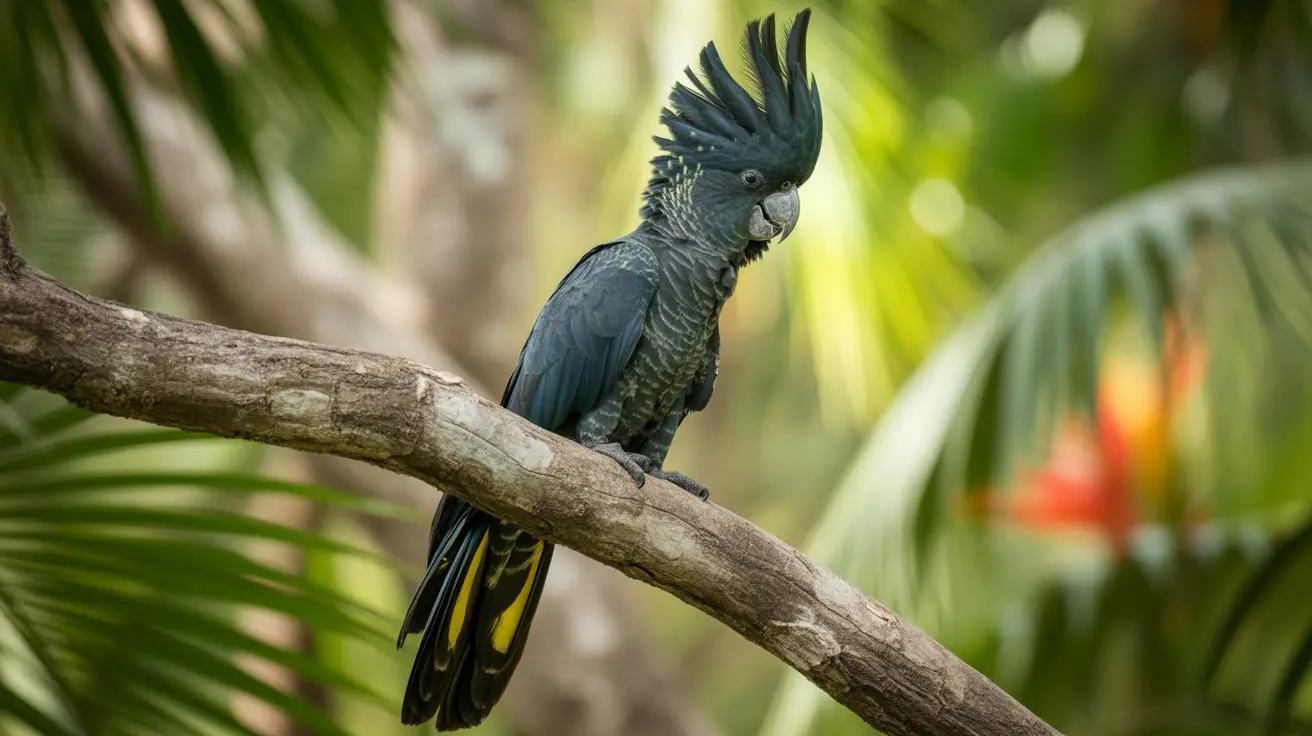Understanding Helicopter Tail Wagging in Dogs
The tail is one of a dog’s primary tools for communication, and the way it moves can tell you a lot about how your furry friend feels. One specific and often endearing tail movement pet owners notice is the helicopter tail—a circular wag that seems full of life and enthusiasm. But what does this specific motion really mean? Let’s dive deep into understanding canine tail language, particularly the significance of the helicopter tail.
What Is a Helicopter Tail?
A helicopter tail refers to a dog wagging its tail in a circular or spinning motion, resembling a helicopter rotor. This motion is often fast and energetic, spinning in full loops as the dog greets someone or reacts to something they love.
Unlike slower or side-to-side wagging, a helicopter tail is usually seen when a dog is extremely happy and excited, especially in the presence of familiar faces or beloved humans.
When Do Dogs Display Helicopter Tail Wags?
- Greeting Owners or Friends: Dogs often spin their tails like propellers when they see someone they know and love, like family members or close canine friends.
- During Play: Excited dogs might exhibit helicopter tail wags when engaging in play, signaling pure joy and high arousal in a positive context.
- Anticipation of Rewards: Some dogs display helicopter tails when expecting treats, walks, or favorite toys—a sign of happy anticipation.
Is the Helicopter Tail Always Positive?
Yes, in most cases the circular wag denotes a high level of happiness and excitement. It’s among the friendliest tail movements a dog can display. However, it’s always wise to consider the whole picture:
- Relaxed Body: Indicates the wag is joyful, especially if the dog’s body posture is loose and bouncy.
- Soft Eyes and Ears: Eyes that are slightly squinted and ears in a relaxed position support a positive emotional state.
- Accompanying Behaviors: Licking, whining, bouncing, or play bows often accompany helicopter wagging in happy dogs.
Tail Movement Versus Tail Position
Understanding tail movement also involves noticing tail position:
- High-held tail often suggests confidence or dominance.
- Neutral (horizontal) may imply curiosity or calm attentiveness.
- Low or tucked positions can indicate submission, anxiety, or fear.
When a dog shows a helicopter tail along with a relaxed or neutral tail position, it’s almost always a sign of joyful excitement.
Helicopter Tail Vs. Other Wags
Not every wag is a happy one. Here’s how the helicopter tail compares to other forms of wagging:
- Broad wags: Signal friendliness or happiness.
- High, stiff wags: May indicate alertness or potential aggression.
- Slow, low wags: Often reflect caution or uncertainty.
- Frozen or upright tail: Might signal a pause or potential warning.
- Helicopter wag: Typically signals uninhibited joy and sociability.
Breed and Tail Type Considerations
Breed affects tail shape and the readability of tail language.
- Sickle or curled tails (like in Pugs, Akitas, or Huskies) may not display classic wagging patterns but can still helicopter in happiness.
- Docked or bobbed tails limit expressive range. Look at the dog's body language, ears, and facial expressions for context.
- Long, flowing tails tend to show motions like helicopter wagging more clearly and dramatically due to their flexibility.
Other Body Language Components
Beyond tails, dogs use multiple cues to communicate:
- Ears: Forward for interest, back for submission or fear.
- Eyes: Squinting or soft gaze suggests comfort; wide eyes can indicate stress or threat.
- Mouth: An open, relaxed mouth usually signals ease, while tension may show discomfort.
- Hackles: Raised fur along the back indicates heightened arousal or concern.
When to Pay Attention to Tail Movement
Owners should be observant of unusual tail behavior:
- Constant high tail with stiffness: Monitor for signs of dominance or agitation.
- Unusual tail positions for the breed/personality: These may suggest underlying discomfort or failure to read context correctly.
- Sudden changes in tail carriage or mobility: May point to a physical problem or injury—consult your veterinarian if this persists.
In Summary
A helicopter tail in dogs is a clear signal of happiness, enthusiasm, and positive engagement. It usually appears when a dog is truly overjoyed, often at the sight of someone they love. Observing this motion, in conjunction with other body language cues, enhances an owner’s ability to respond appropriately to their dog’s needs and emotions.
Learning to understand your dog’s tail—especially the joyful helicopter wag—not only deepens your bond but also promotes a more harmonious and communicative relationship.





